Alaska state senators propose $475M in incentives for xTL plants
Green Car Congress
MARCH 25, 2011
Alaska state senator Lesil McGuire has introduced a bill ( Senate Bill 109 ) that would grant $475 million in state investment tax credits toward development of plants converting natural gas-, coal- or biomass-to-liquids products (GTL, CTL or BTL = xTL) on the state’s North Slope. —Senator McGuire.



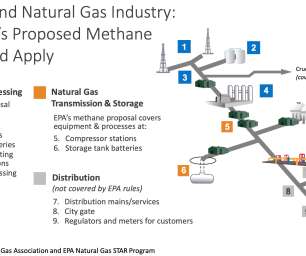








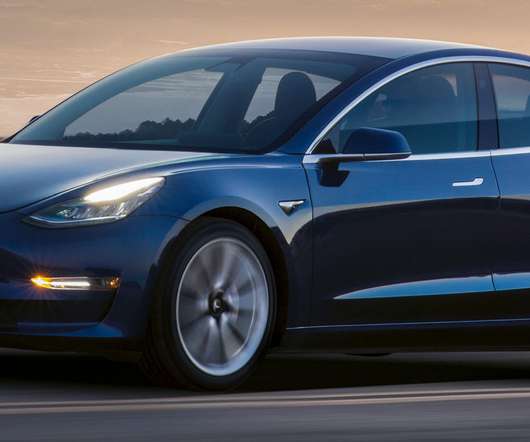
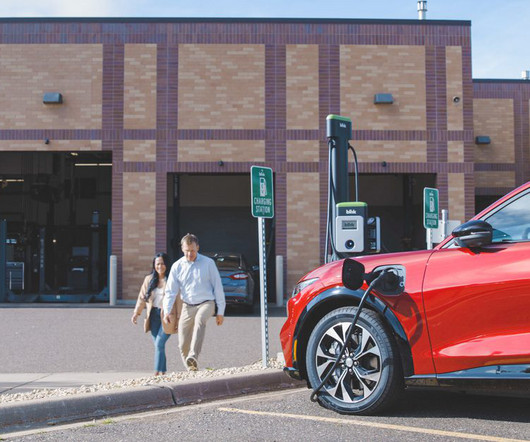
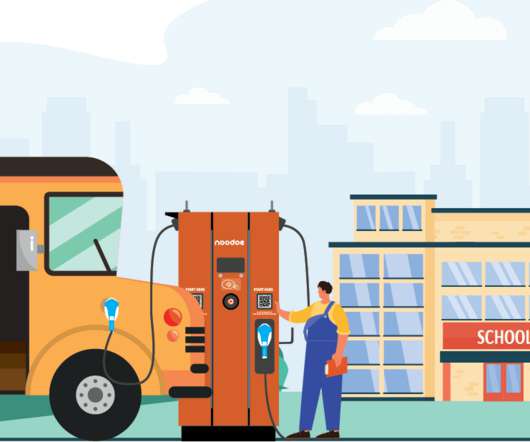


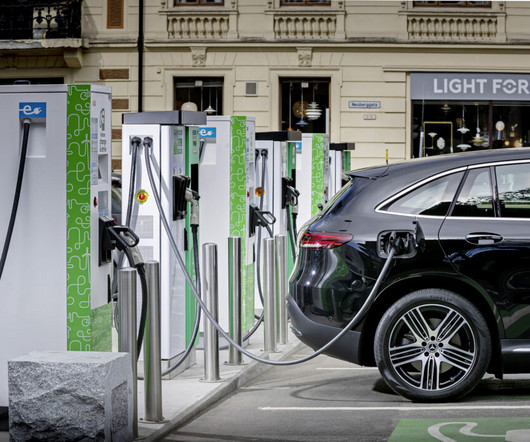







Let's personalize your content